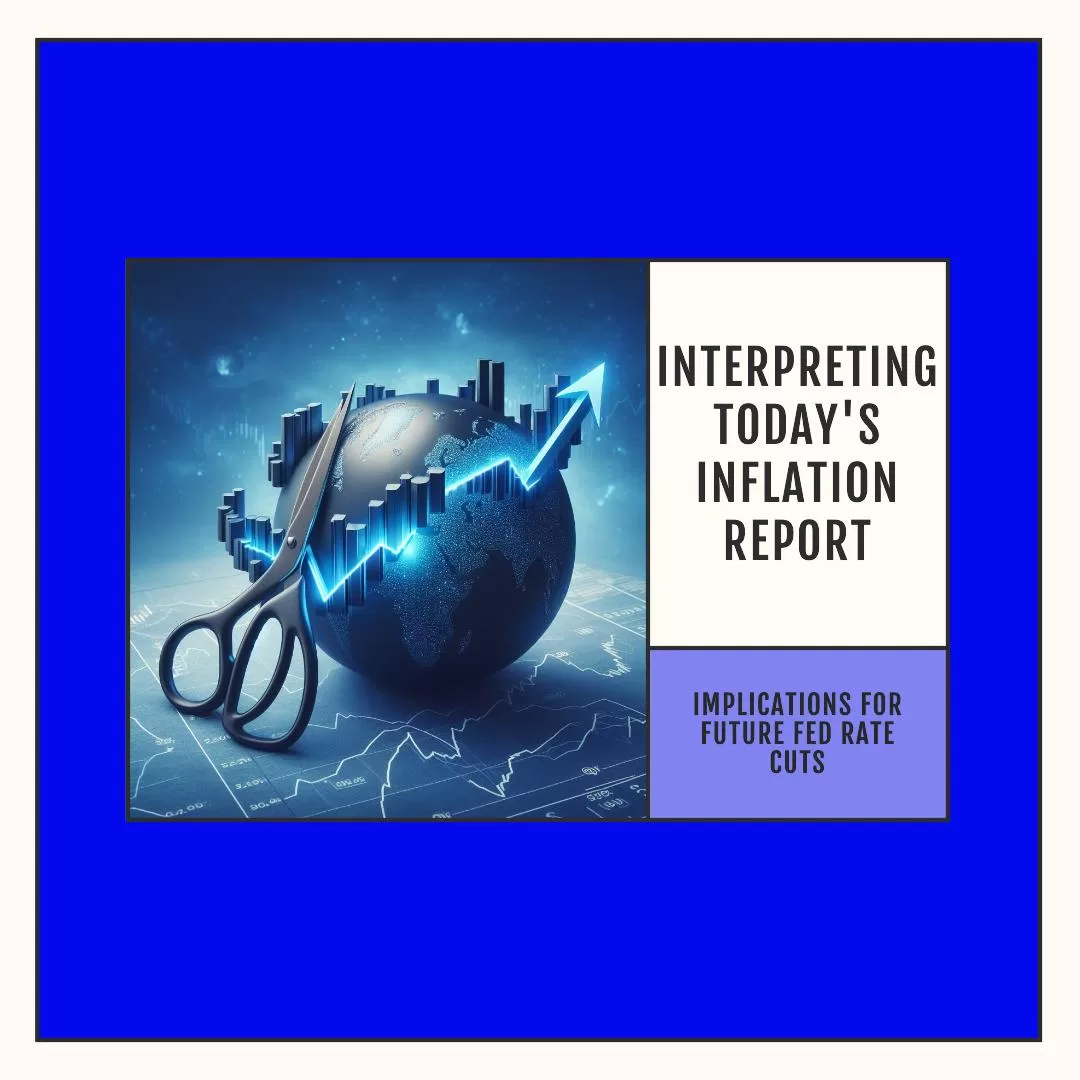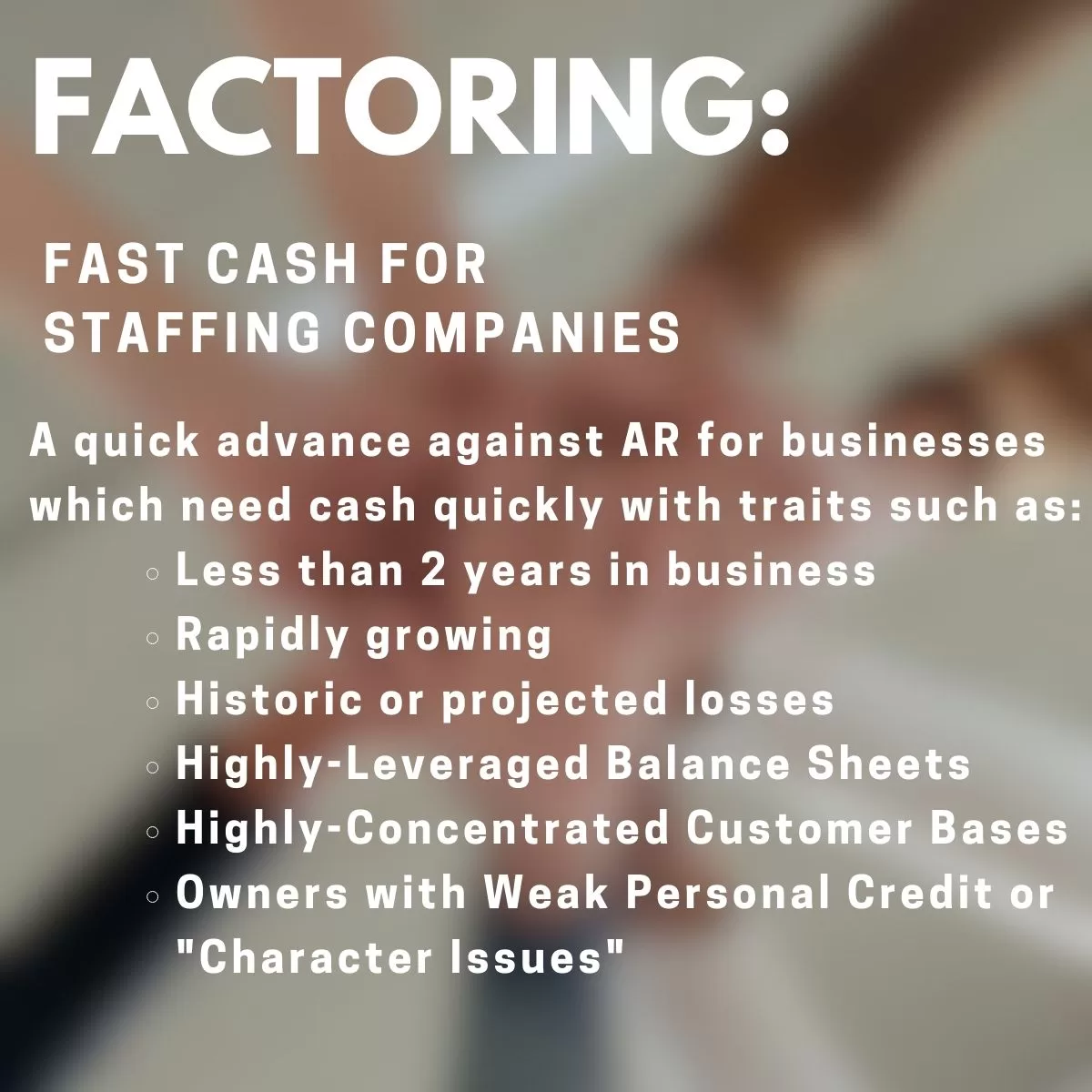The residential solar market, once hailed as a beacon of renewable energy adoption and sustainability, is facing significant challenges that threaten its growth and viability. Despite advancements in solar technology and increasing consumer interest in clean energy solutions, the residential solar sector is grappling with issues ranging from regulatory barriers to market saturation and fierce competition. In this article, we examine the challenges facing the residential solar market and explore strategies to overcome them, ensuring a sustainable future for solar energy adoption at the household level. The Residential Solar Market is Failing.

Regulatory Hurdles:
One of the primary challenges facing the residential solar market is a complex regulatory landscape that varies by region and jurisdiction. Permitting requirements, interconnection rules, and net metering policies can differ significantly from one locality to another, creating barriers to entry and increasing administrative burdens for solar installers and homeowners. Streamlining and standardizing regulatory processes, enhancing transparency, and providing clear guidelines for solar installations can help reduce uncertainty and facilitate market growth.
Financial Barriers:
Despite declining costs of solar technology, upfront costs remain a significant barrier for many homeowners considering solar installations. While federal tax incentives and rebates can help offset expenses, navigating incentive programs and financing options can be daunting for consumers. Moreover, the lack of access to affordable financing options, such as low-interest loans or solar leasing programs, further impedes solar adoption among households with limited financial resources. Implementing innovative financing mechanisms, such as community solar initiatives and third-party ownership models, can broaden access to solar energy and make installations more affordable for homeowners. Residential Solar Market is Failing.
Market Saturation and Competition:
In mature solar markets, such as California and Arizona, the residential solar sector is experiencing saturation and heightened competition among solar providers. As the number of solar installations increases, installers are vying for a smaller pool of potential customers, leading to price pressure and diminishing profit margins. Moreover, aggressive marketing tactics, misleading sales practices, and subpar installation quality by some solar companies have eroded consumer trust and tarnished the industry’s reputation. Differentiating offerings, focusing on customer education and satisfaction, and adhering to high standards of professionalism and ethics can help solar companies stand out in a crowded marketplace and foster long-term customer loyalty. Residential Solar Market is Failing.
Technological Advancements and Innovation:
While technological advancements have driven down the cost of solar panels and improved energy efficiency, innovation in solar energy storage and grid integration remains critical for the continued growth of the residential solar market. Battery storage solutions, such as lithium-ion batteries and emerging technologies like flow batteries and hydrogen storage, offer opportunities to enhance grid resilience, reduce reliance on fossil fuels, and optimize energy usage in residential settings. Investing in research and development, incentivizing deployment of energy storage systems, and integrating smart grid technologies can unlock the full potential of solar energy and accelerate its adoption at the household level.
Education and Awareness:
Despite growing awareness of the benefits of solar energy, misconceptions and misinformation persist among consumers, inhibiting widespread adoption. Many homeowners remain unaware of the financial incentives, environmental benefits, and long-term cost savings associated with solar installations. Educating consumers about the value proposition of solar energy, conducting outreach campaigns, and providing access to reliable information and resources can empower homeowners to make informed decisions about adopting solar technology. Collaborating with community organizations, local governments, and industry stakeholders to promote solar education and awareness initiatives can help overcome barriers to adoption and drive demand for residential solar installations. Residential Solar Market is Failing.
Conclusion:
While the residential solar market faces formidable challenges, it also presents opportunities for innovation, collaboration, and growth. By addressing regulatory hurdles, expanding access to financing, fostering competition and innovation, and enhancing consumer education and awareness, the solar industry can overcome barriers to adoption and realize its full potential as a sustainable energy solution for households worldwide. By working together to overcome challenges and seize opportunities, stakeholders across the solar ecosystem can pave the way for a brighter, cleaner future powered by solar energy.
Connect with Factoring Specialist, Chris Lehnes on LinkedIn
Learn more about accounts receivable factoring









